There was a man sent from God, whose name was John.
- John 1:6
- John 1:6



己の立てるところを深く掘れ そこには必ず泉あらん
- 高山樗牛 (1871-1902)
- 高山樗牛 (1871-1902)
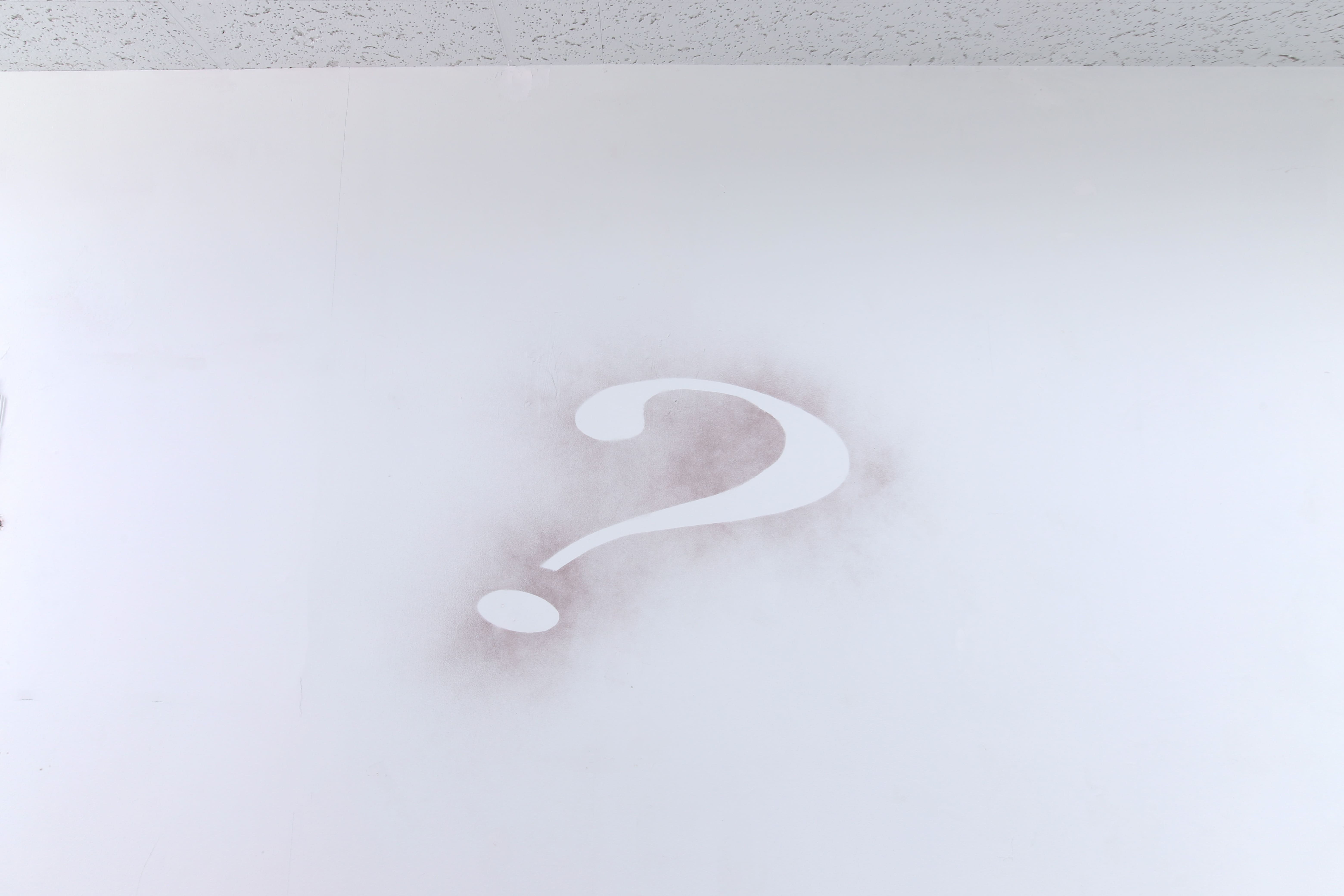
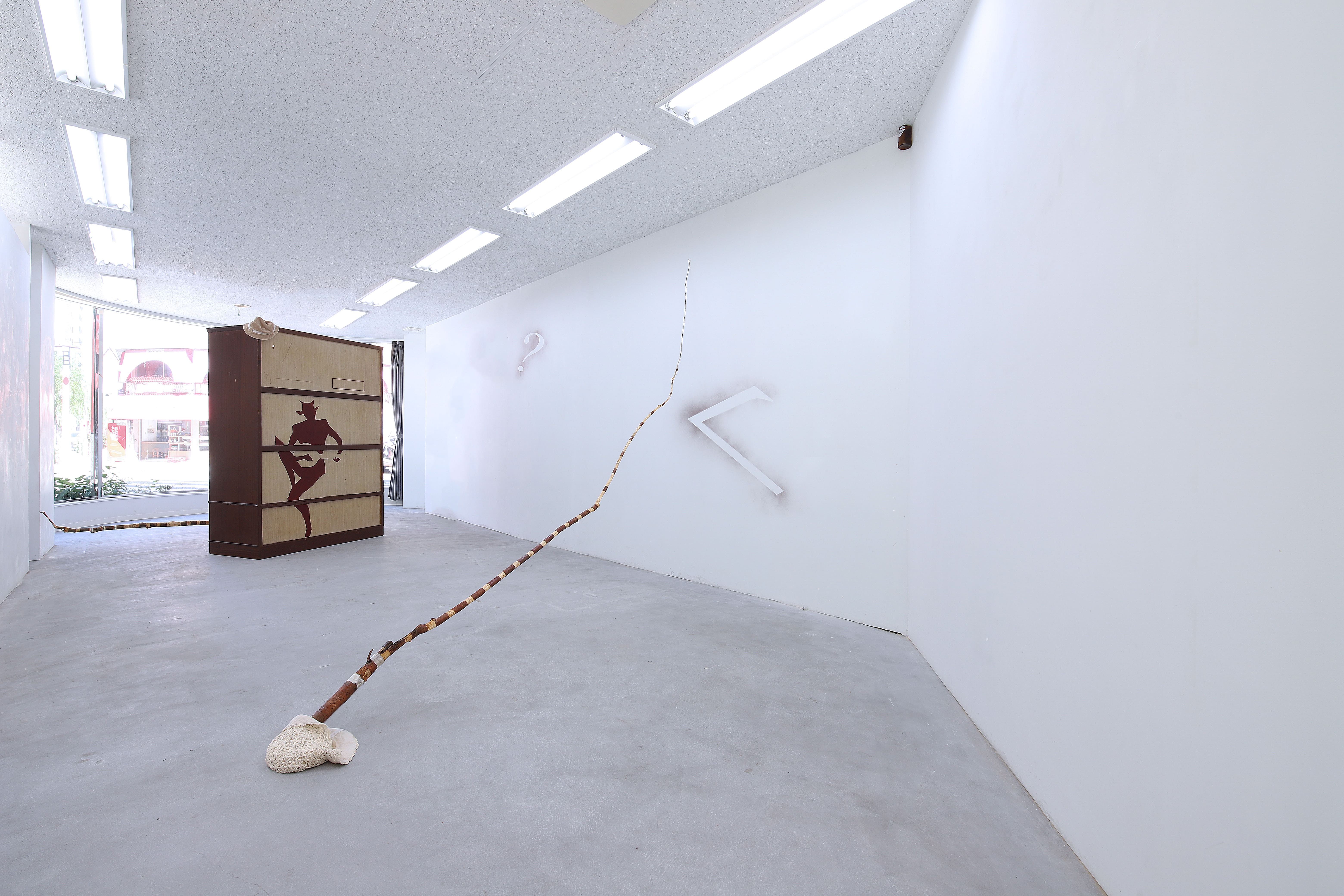
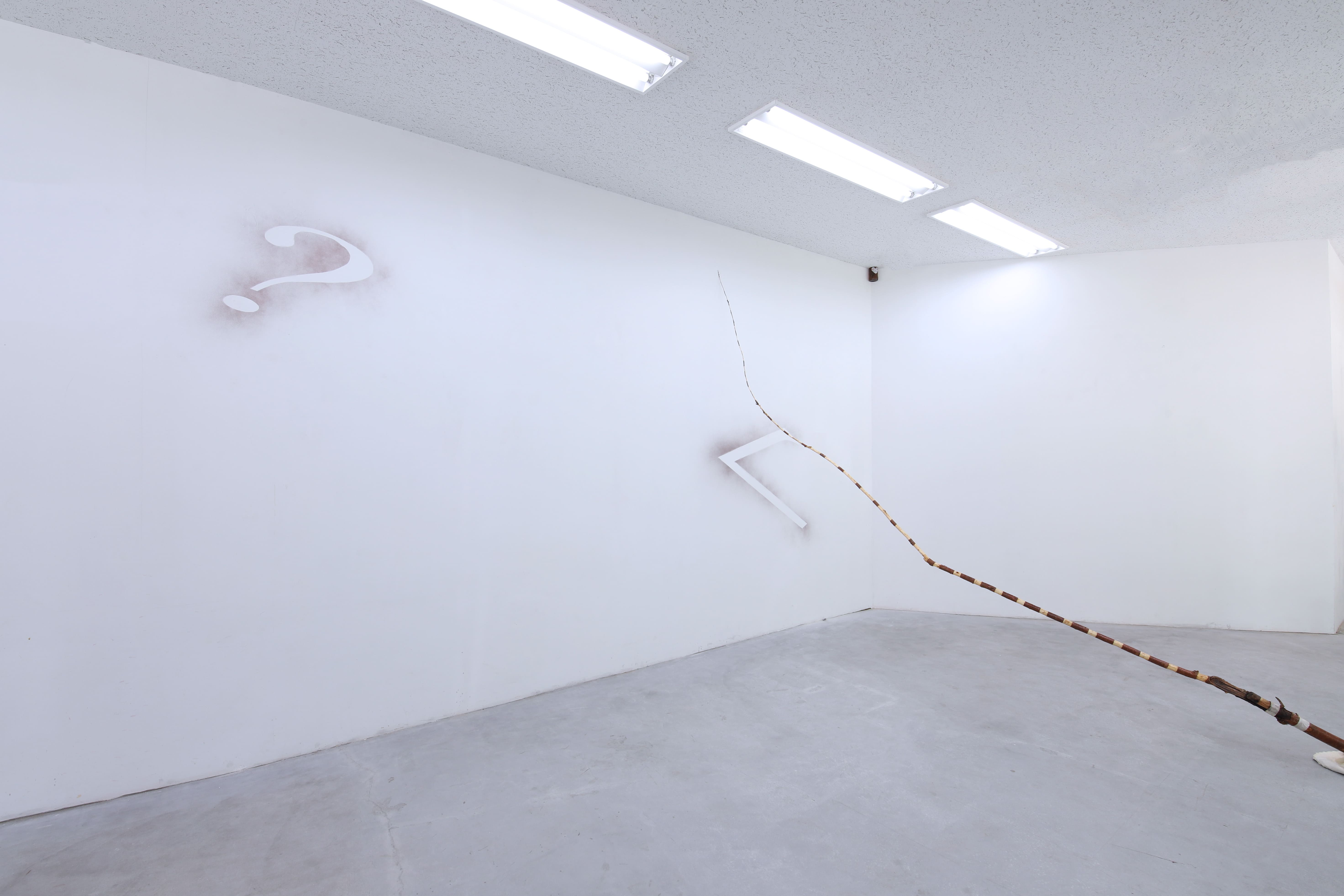
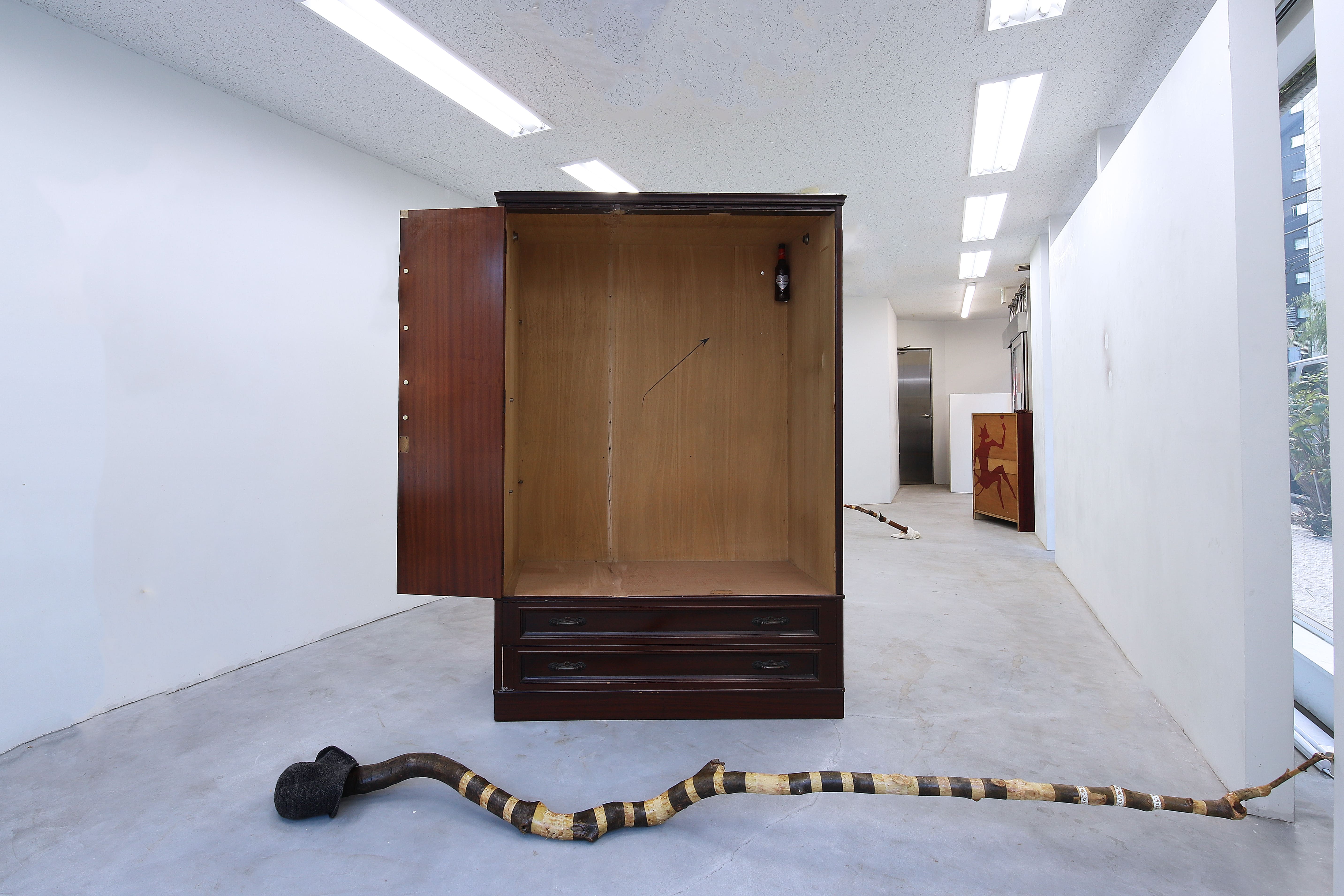
Technology as a whole must become the technology of art. And the state must become the museum of its population. Just as the museum’s administration is responsible not only for the general holdings of the museum’s collection but also for the intact state of every given work of art, ensuring that the individual artworks are conserved and restored when they show signs of decay, the state should bear responsibility for the resurrection and continued life of every individual person.
(Groĭs, Boris (2018). Russian cosmism. Cambridge, MA: EFlux-MIT Press)
(Groĭs, Boris (2018). Russian cosmism. Cambridge, MA: EFlux-MIT Press)
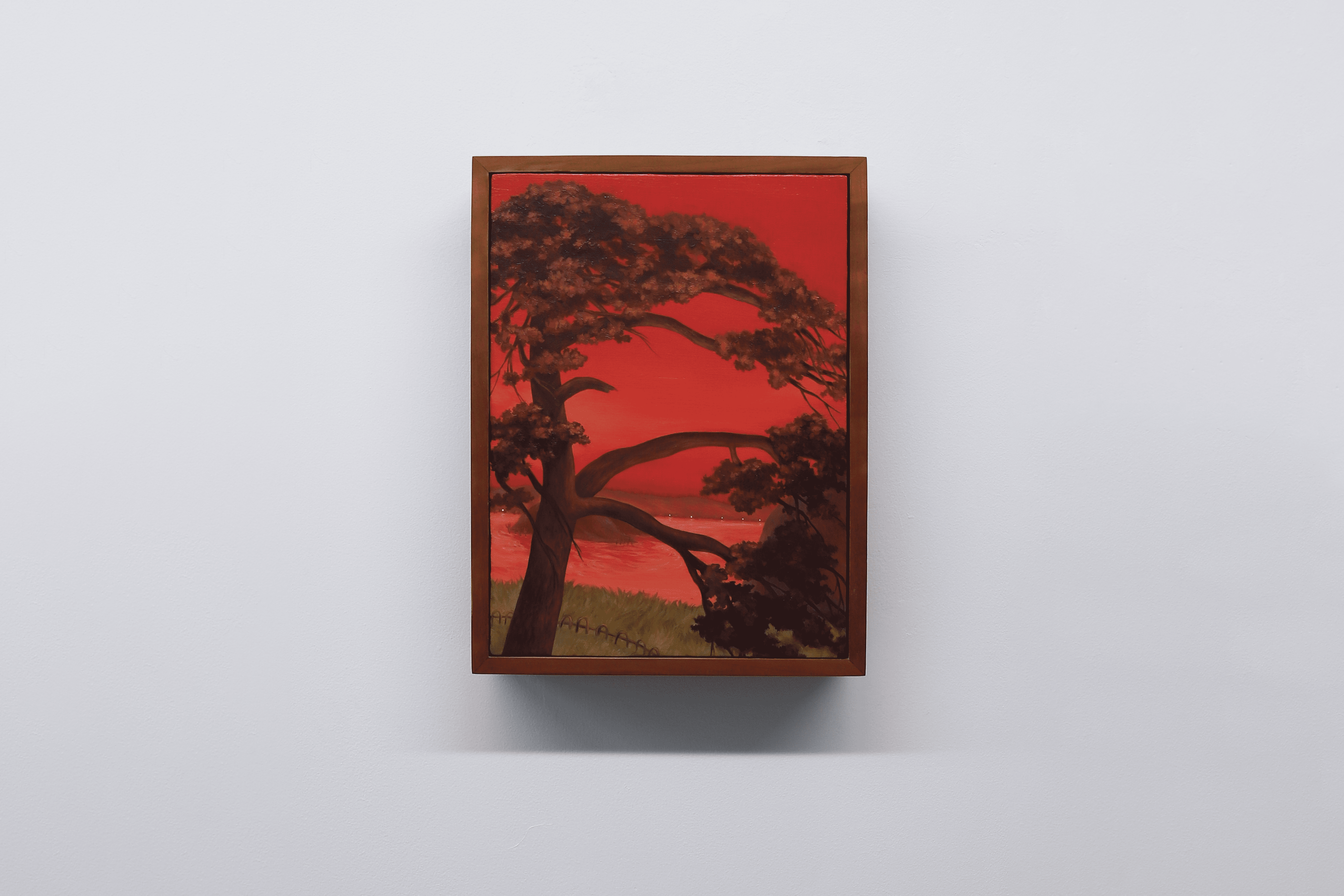
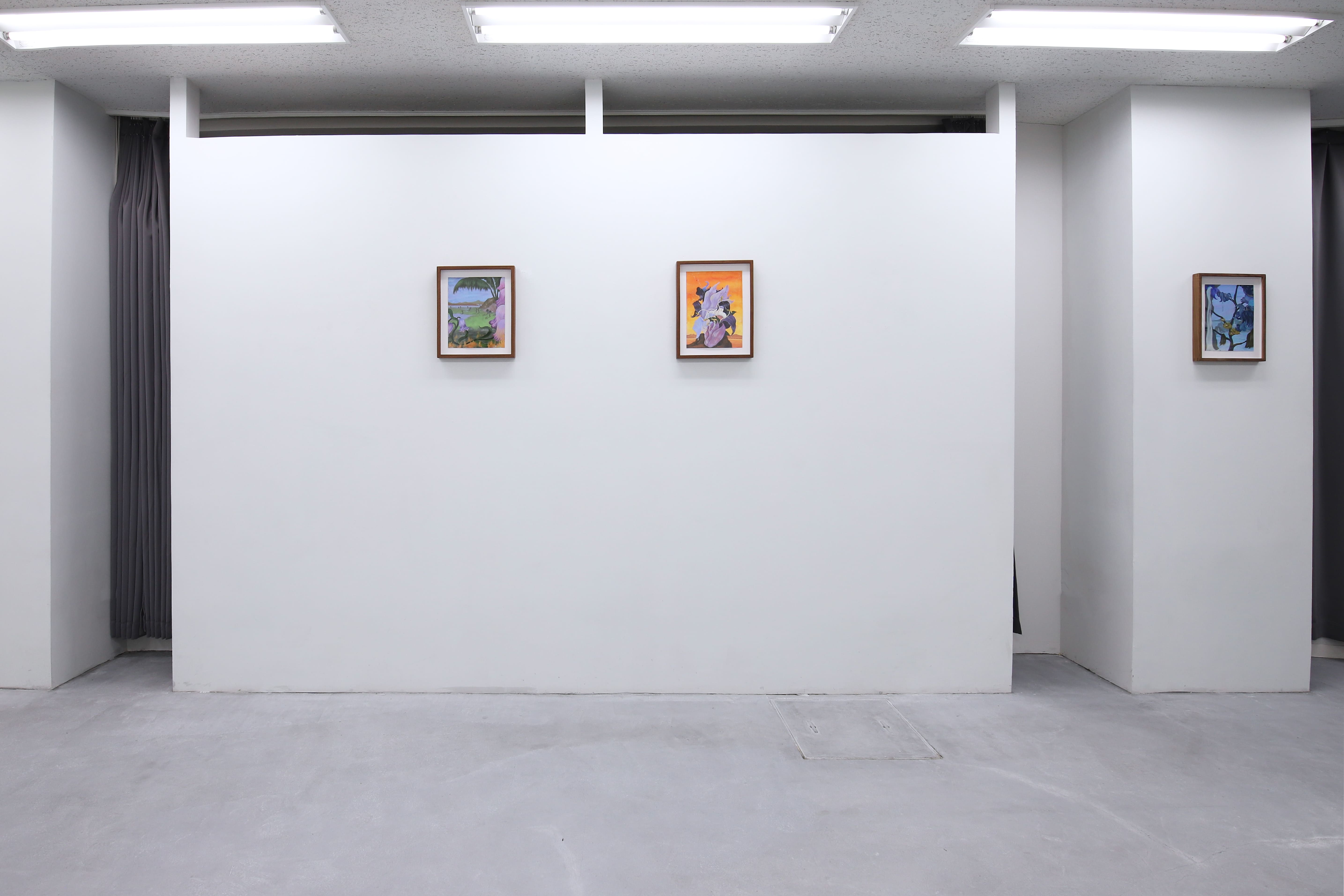
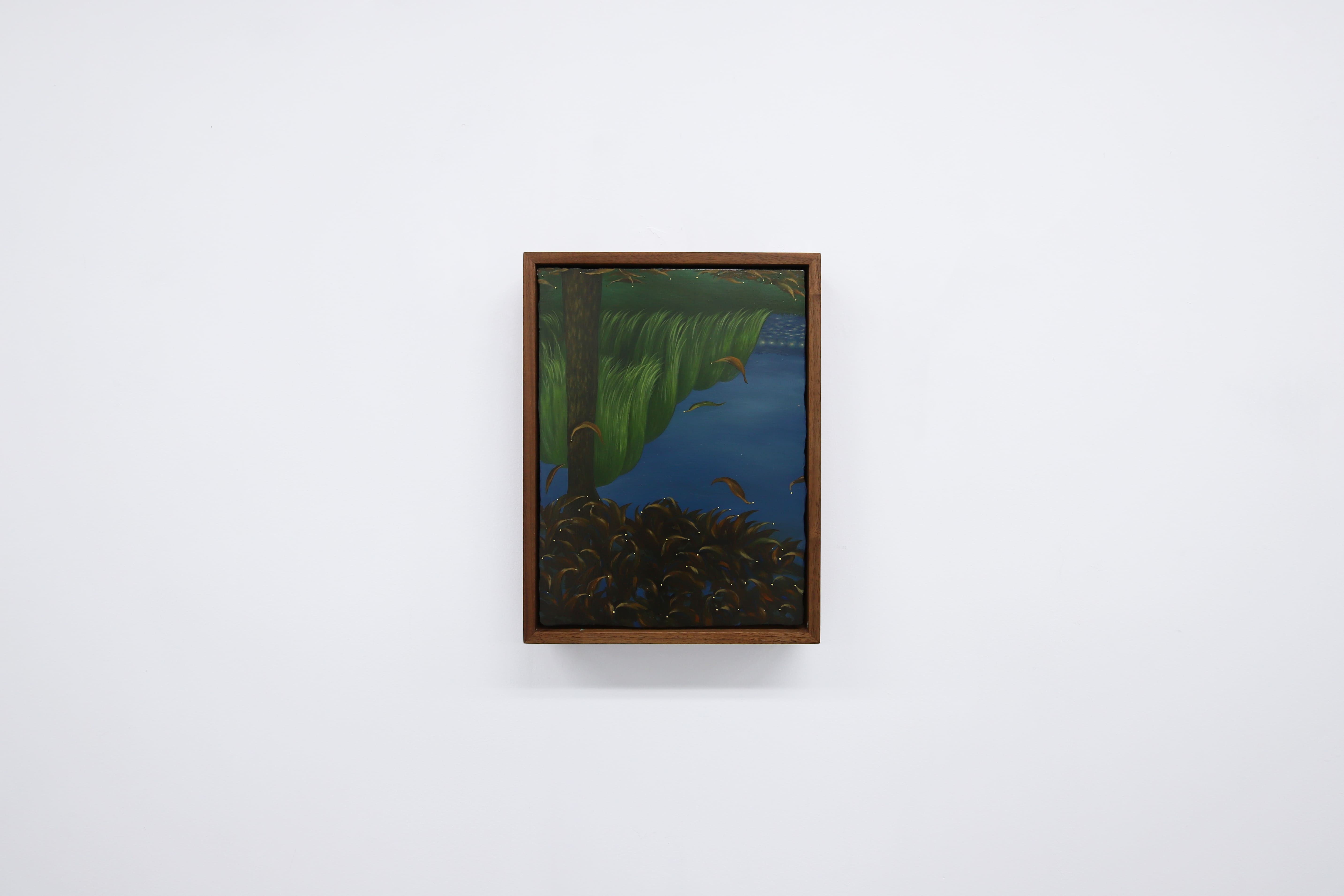
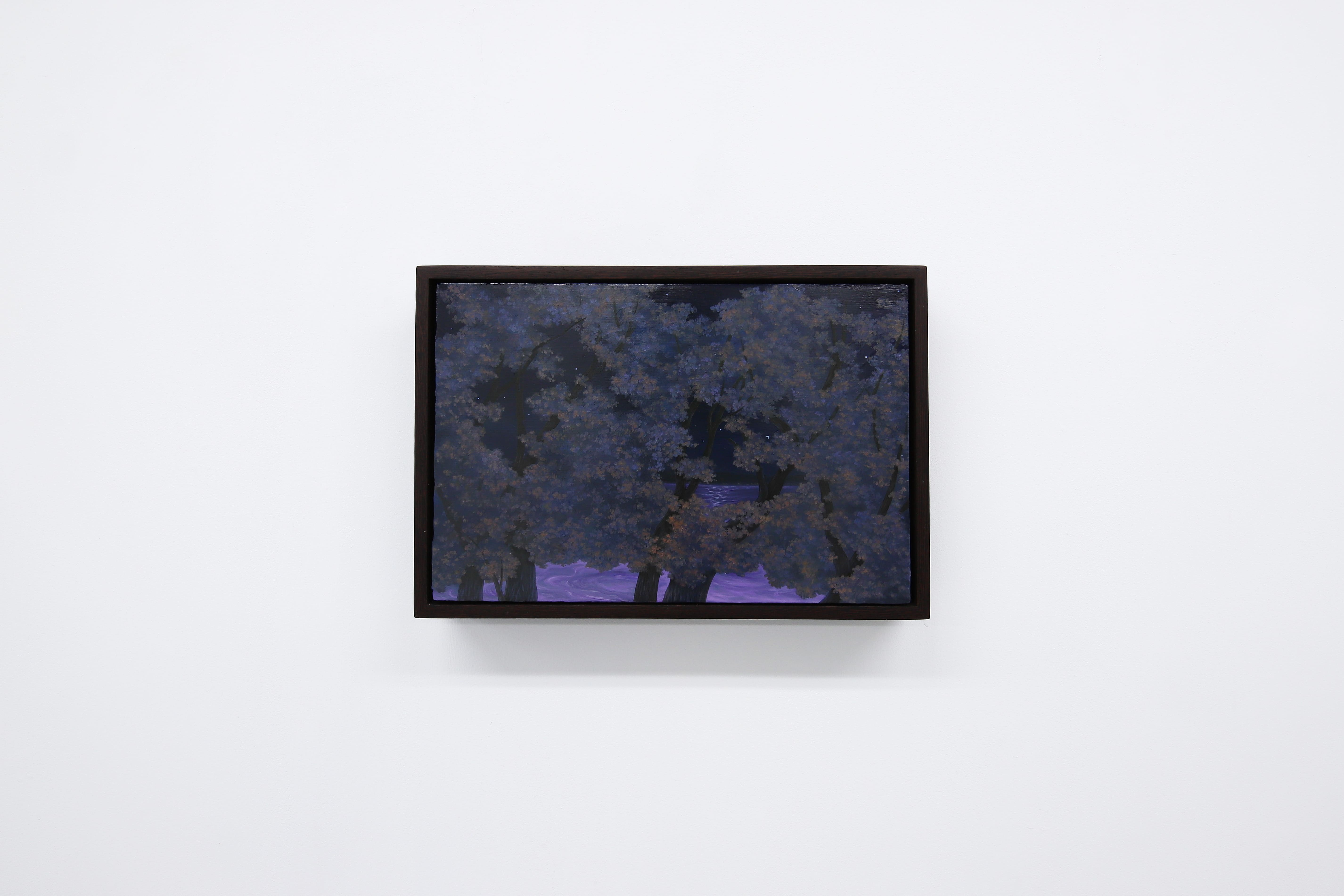

"Lost and found" traditionally refers to a space for storing misplaced items until they can be reclaimed by their owners. The exhibition draws inspiration from the concept of lost property, exploring themes of retrieval and possession.




‘ Amfortas! Die Wunde! Die Wunde! Sie brennt in meinem Herzen! O, Klage! Klage! Furchtbare Klage! Aus tiefstem Herzen schreit sie mir auf.
Oh! Oh! Elender! Jammervollster! Die Wund sah’ ich bluten.
Parsifal, Act II
Oh! Oh! Elender! Jammervollster! Die Wund sah’ ich bluten.
Parsifal, Act II




2-2-10, Higashi Nihonbashi, Chuo, Tokyo, Japan